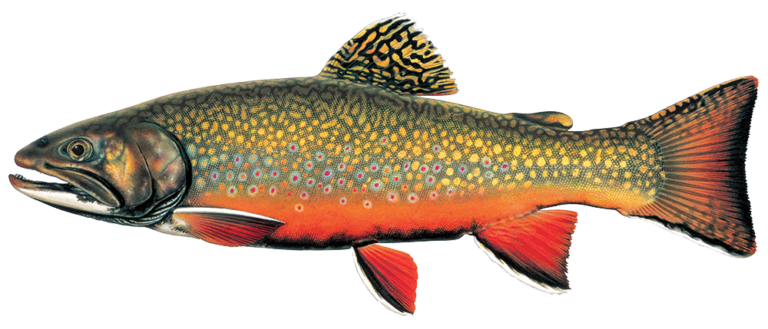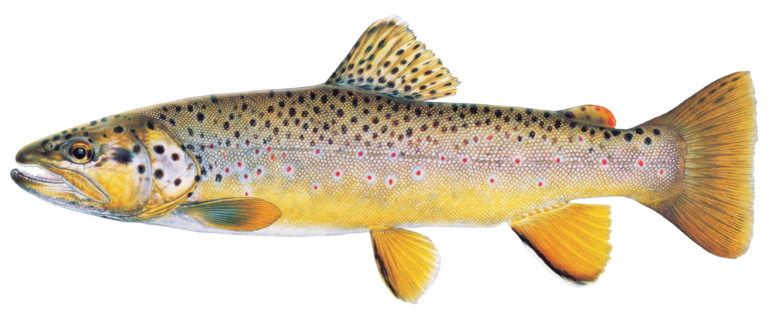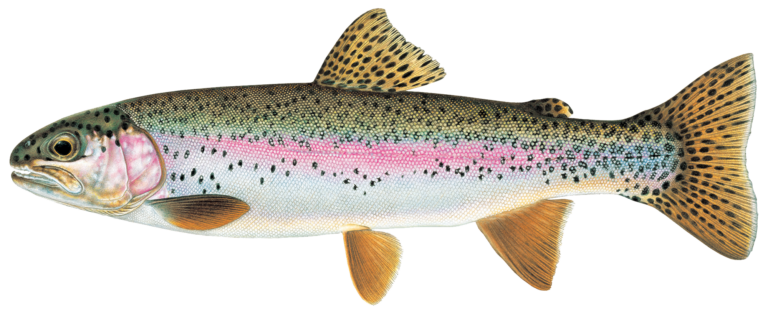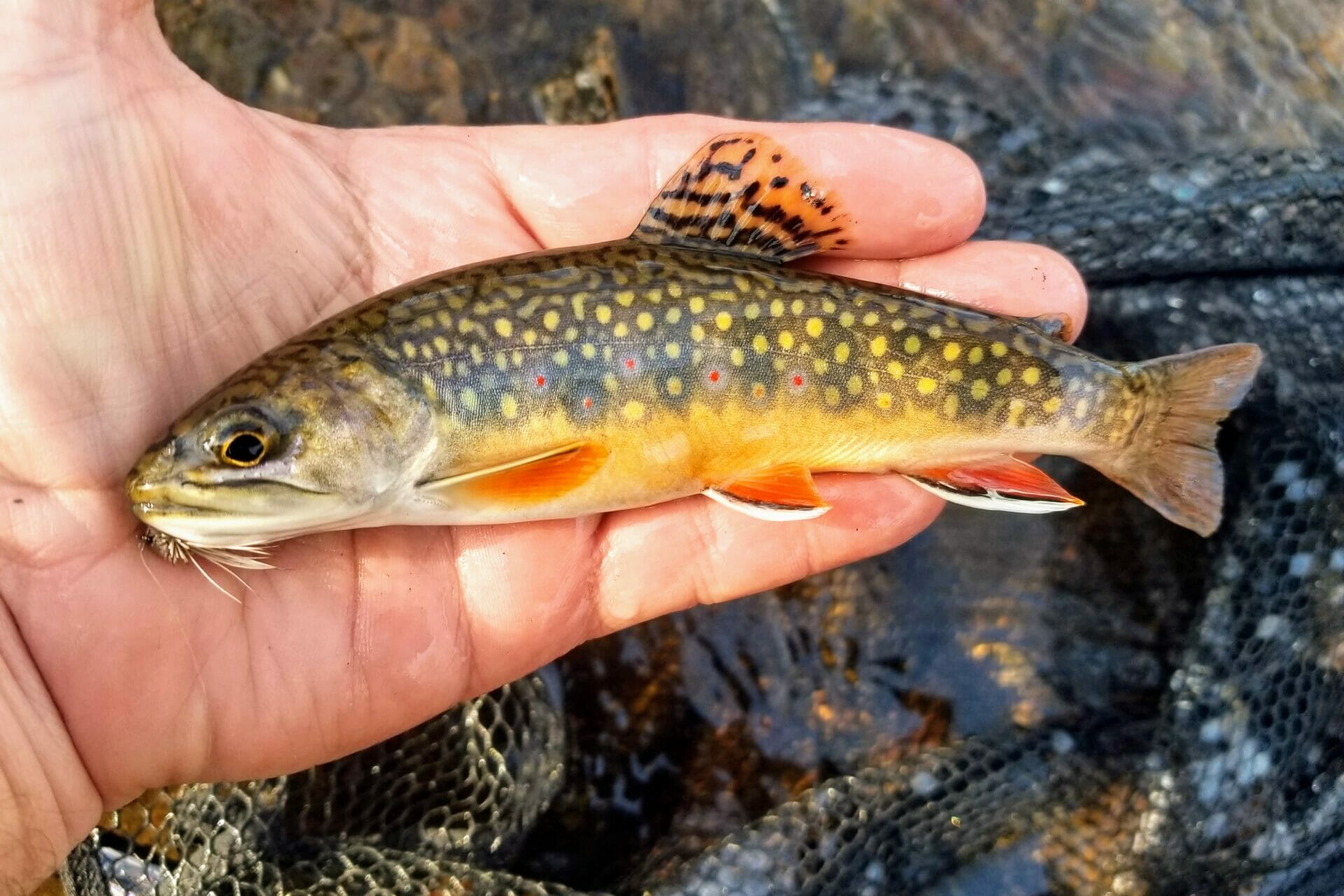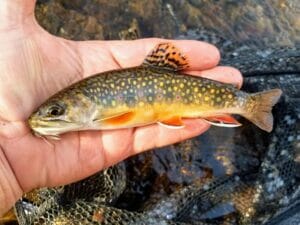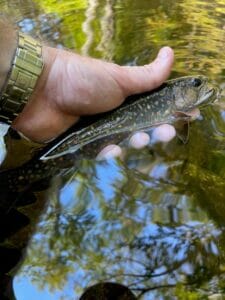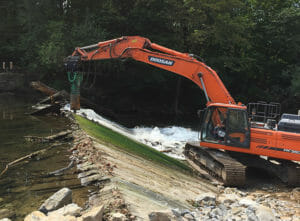New Jersey

Overview
It’s the most densely populated U.S. state, and it neighbors New York City, but New Jersey is still home to wild trout water: chilly freestone streams, spring-fed creeks, and cold tailwaters. Flat Brook, in the hilly northwest corner, holds more contiguous brook-trout-only miles than any stream in the state. In the central stretch of the state, the South Branch of the Raritan and the Musconetcong are popular destinations running through scenic gorges and past riverfront communities. Stretches of the Musky are designated Wild and Scenic, and the removal of dams in recent years has reconnected this system to the benefit of wild trout and migratory shad to the relief of flood-prone towns.
Threats & Opportunities
New Jersey is hot and has gotten hotter at a faster rate than many other states over the past century. The long-term persistence of the Garden State’s wild trout fisheries will likely depend on access to cold, groundwater-influenced stream habitat. Development in New Jersey makes its trout waters vulnerable to warming temperatures. These challenges are exacerbated by barriers to fish passage. By providing good cover along streams and improving connectivity, we can make these streams more resilient in the face of climate change.
How We Work
Reconnection
New Jersey’s coldwater streams are at the edge of the temperature threshold for wild trout. Trout Unlimited has worked with the USGS and New Jersey agencies to assess whether groundwater inputs can help keep these waters cold in a warming future. We are continuing to conduct in-depth analyses and surveys of the region to determine problem barriers to fish passage, including dams and road-stream crossings, which can amplify warming stream temperatures. Removing or repairing those barriers will allow trout within the system to access thermal refuges and spawning habitat.
Restoration
The Eastern Brook Trout Conservation Portfolio helps TU prioritize streams where habitat restoration is most needed and where it will have the most impact long term. We are at work stabilizing stream banks, improving riparian health with tree plantings, and strategically adding wood habitat to New Jersey’s best trout waters.
Wild Trout Recovery
Working with the state, we are identifying streams where stocking over wild and native trout could be eliminated, so agencies can gauge how naturally reproducing populations respond.
Community Collaboration
An active and invested community of TU members and supporters in the region provides a built-in base of advocates and volunteers doing community science, planting trees, removing invasives, monitoring fisheries, and making their voices heard to advocate for funding and smart policy.
How You Can Help
Interested in helping study or restore New Jersey’s Priority Waters? Reach out.
VOLUNTEERStay informed about how we are working to care for and recover waters in New Jersey and across the Northeast
New Jersey Conservation Team

Amy Wolfe
Northeast Coldwater Habitat Program Director
amy.wolfe@tu.org
Northeast Coldwater Habitat Program Director
amy.wolfe@tu.org
Priority Waters
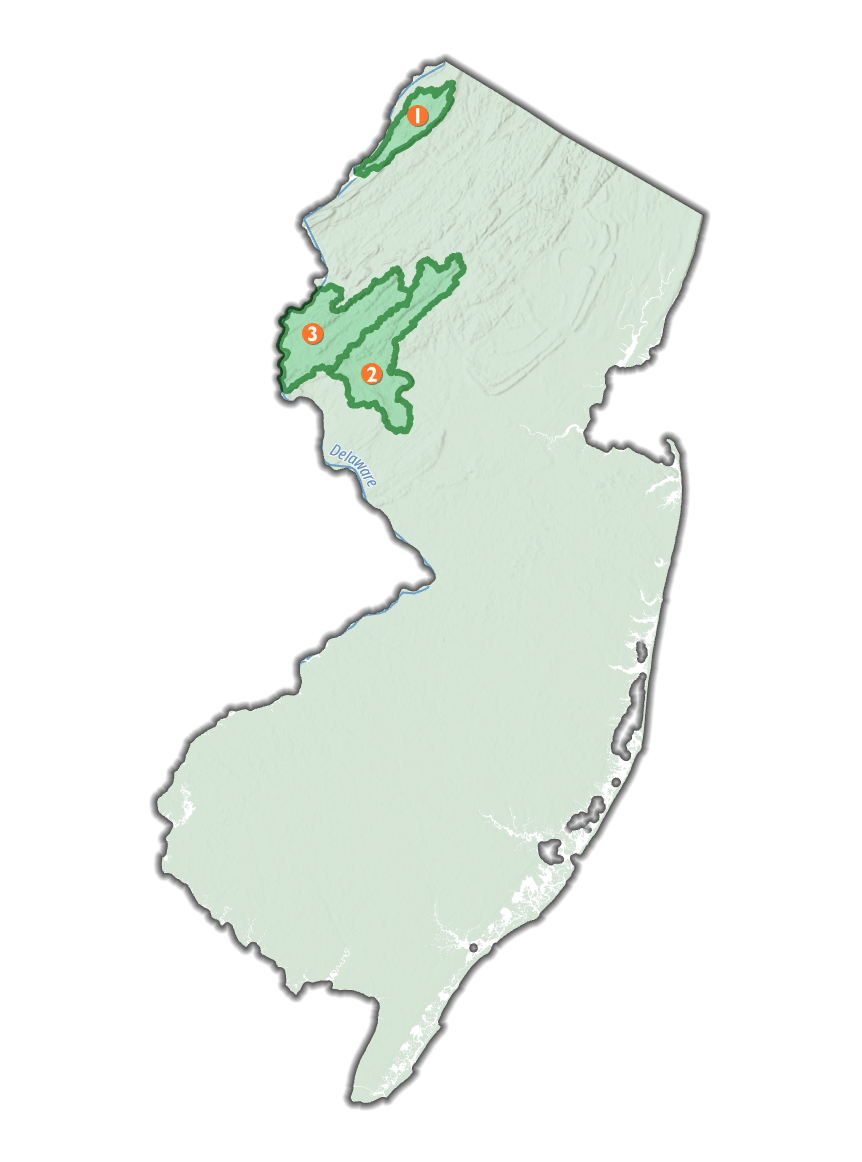
-
Flat Brook
Offers one of only six “resilient” or “unique life history” native trout populations in New Jersey and features the most contiguous brook trout-only streams miles in the state. Though heavily forested, this stream is vulnerable to a warming climate, in particular, because it is punctuated by a number of small impoundments.
-
South Branch of the Raritan River
With ample groundwater inputs and good habitat, the South Branch Raritan features the highest wild trout densities in New Jersey. There are many opportunities to enlarge habitat strongholds by addressing barriers to fish passage.
-
Lower Delaware Tributaries
Significant groundwater input is key to the quality of trout habitat within primary streams and tributaries of the lower Delaware, such as the Lopatcong and Pohatcong. Though the Musconetcong is known for its large and wily wild browns, it also has numerous spring inputs and a significant number of brook trout-only miles.

